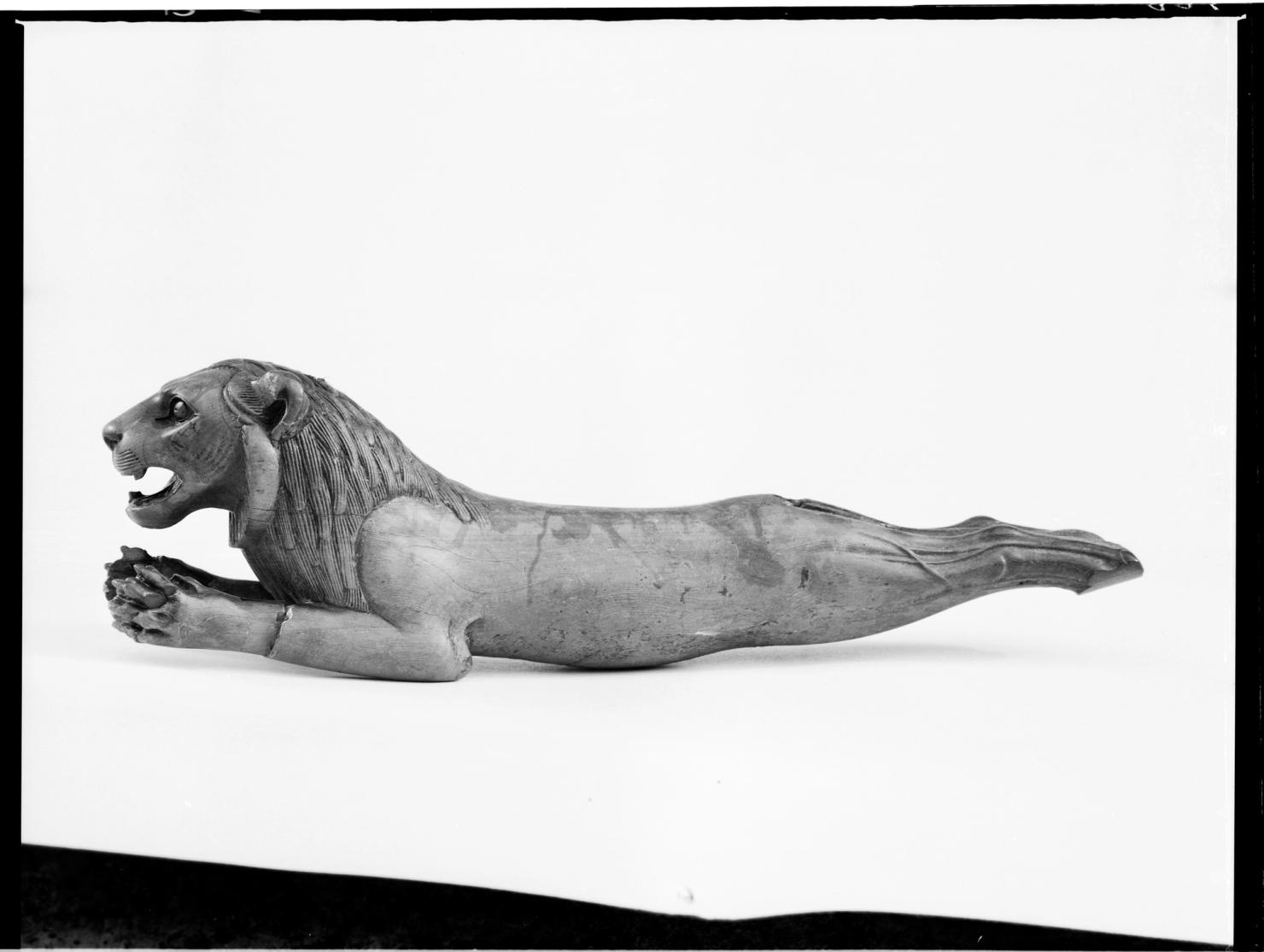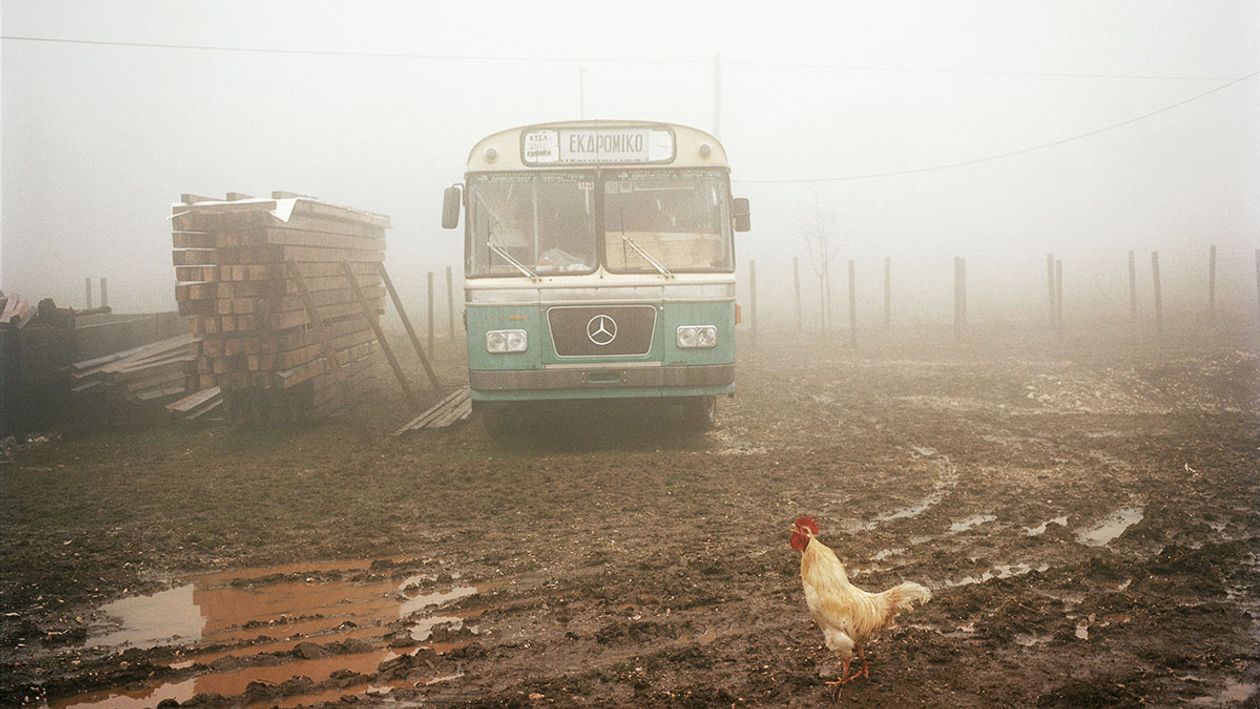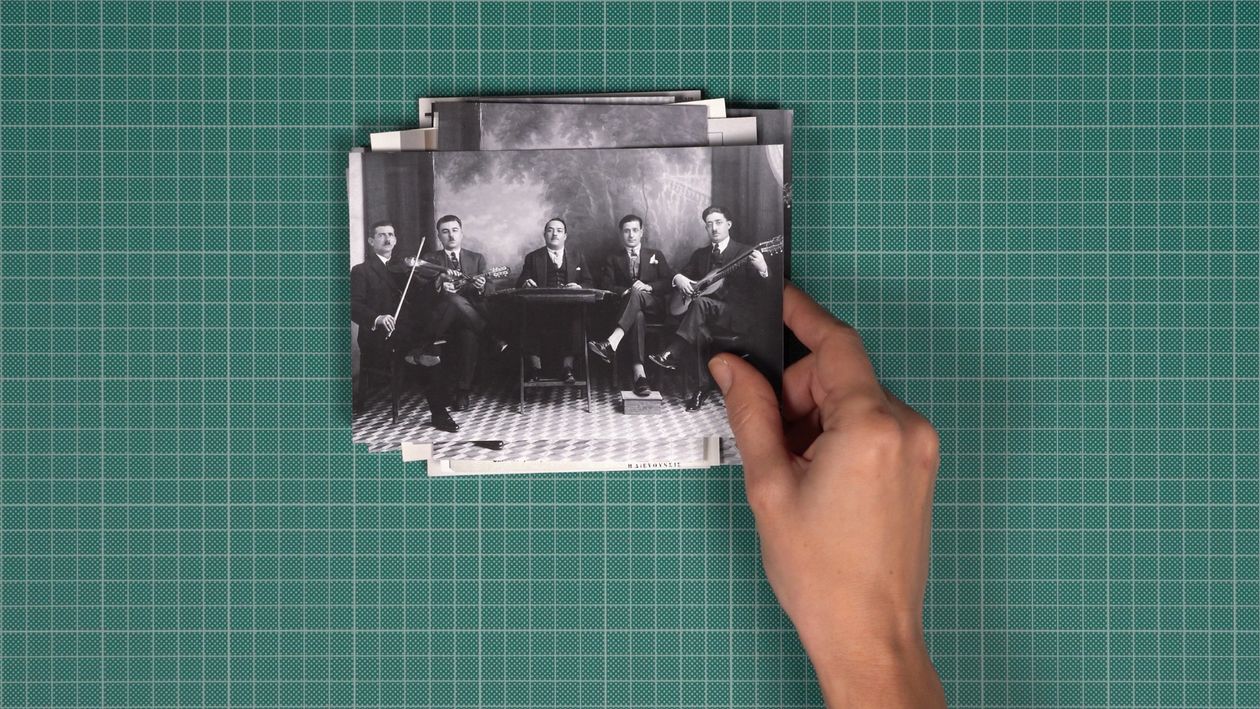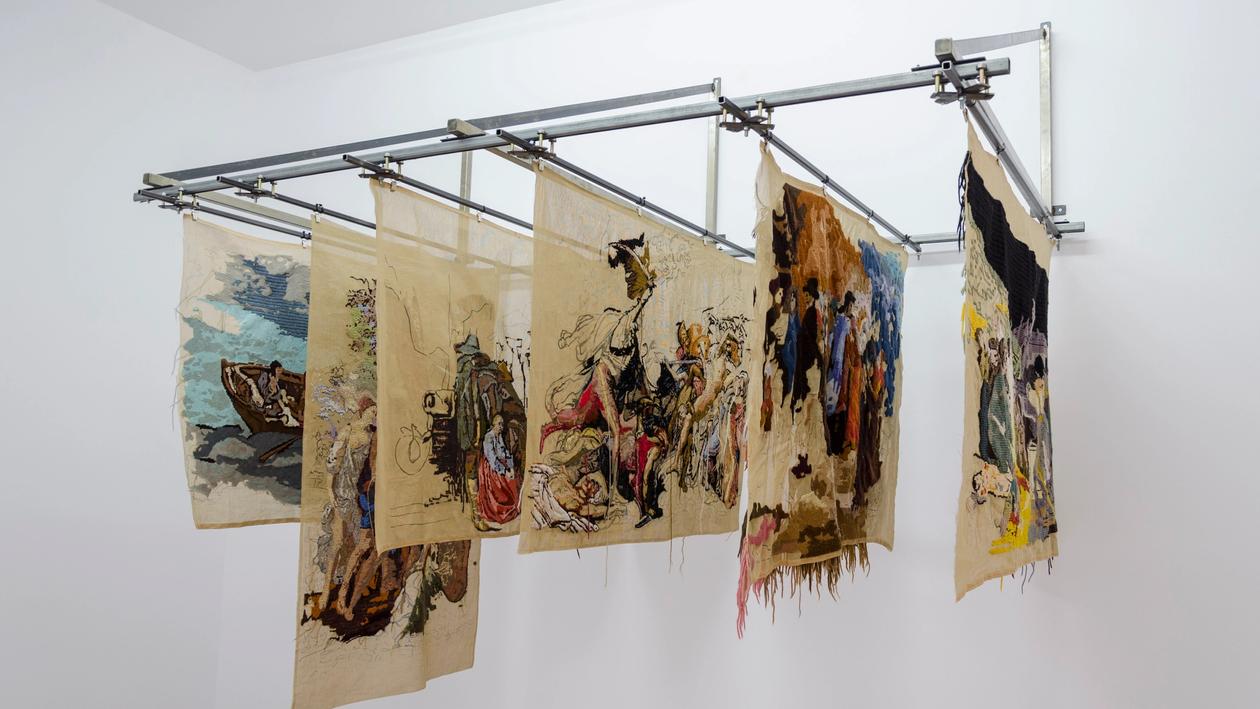
Bridging Cultures


Bridging-Cultures
100 Years of Research of the German Archaeological Institute on Samos
OPENING: July 4th, 20.00 h

Ägyptischer Elfenbeinlöwe
Since the early beginnings of human civilisation, the Mediterranean has been an exceptionally rich contact zone between different communities in Europe, Asia and Africa. The associated exchange often acted as a particular driving force for cultural development, as can also be seen in early Iron Age Greece. On the East Aegean island of Samos, the character and significance of this inter-cultural interaction for the genesis of Greek culture can be traced particularly clearly by means of the archaeological finds that have come to light, particularly in the sanctuary of the goddess Hera, as a result of the international research work carried out by the German Archaeological Institute (DAI) over the past 100 years.
In cooperation with the German Archaeological Institute in Athens the Schwarz Foundation is taking this anniversary as an opportunity to shed light on this exciting and extremely multifaceted aspect of Samian history with an exhibition at Art Space Pythagorion, while at the same time presenting the DAI's long history of research on Samos to a wider public.
The island of Samos is located at an important hub of trans-Mediterranean routes that cross the region from east to west and from south to north. The ancient Samian community utilised this special location very early to establish contact with other cultures in Anatolia, the Near East, Spain and especially Egypt. These contacts resulted in an extraordinary flourishing of the city state of Samos in the Archaic period, the 7th and 6th centuries BC. The ancient Samians skilfully drew inspiration from the distant cultures and refined these adaptions according to their own needs. In doing so, they created the basis for impressive innovations in almost all areas of life, which from today's perspective is reflected particularly impressively in the remains of three outstanding engineering monuments, which the ancient historiographer Herodotus described as the most overwhelming works ever realised in Greece. These are the monumental temple of Hera, the aqueduct of Eupalinos and the breakwater of the habour.
The exhibition traces these processes and provides insights into the life of the ancient community. The archaeological genesis of the sanctuary of the Hera reveals itself as a mirror of the socio-cultural development of the ancient Samian community in the constant configuration process of ‘own’ and ‘foreign’ elements. The exhibition sheds light on the motivations and mechanisms behind the far-reaching contacts and the associated cultural processes of adaptation, rejection and remodelling, highlighting the special bridging function of the region as a contact zone between Orient and Occident.
Curators:
Dr. Jan-Marc Henke (DAI; director of the archaeological excavations in the Heraion of Samos and the institutes photo archive)
Prof. Dr. Katja Sporn (DAI; first Director of the German Archaeological Institute Athens Department)
Design:
AKA (Apostolou Colakis Architects)
This exhibition marks the 100th anniversary of the German Archaeological Institute's excavations on Samos and offers a unique opportunity to view the results of this long-term research project in a new light. In cooperation with the DAI, the Schwarz Foundation invites you to an interdisciplinary exploration of the island's history and present. The exhibition "Bridging Cultures" places the finds from Samos in dialogue with contemporary art and encourages reflection on the significance of cultural heritage for our present.
The exhibition development is accompanied by the curators Katerina Gregos and Ioli Tzanetaki, who are closely collaborating with the DAI to explore both archaeological finds and contemporary artistic positions. In the summer of 2026, a further exhibition is planned, which will be dedicated exclusively to contemporary artworks and will take up the themes of the first exhibition.
Nordsyrische Stirnplatte


